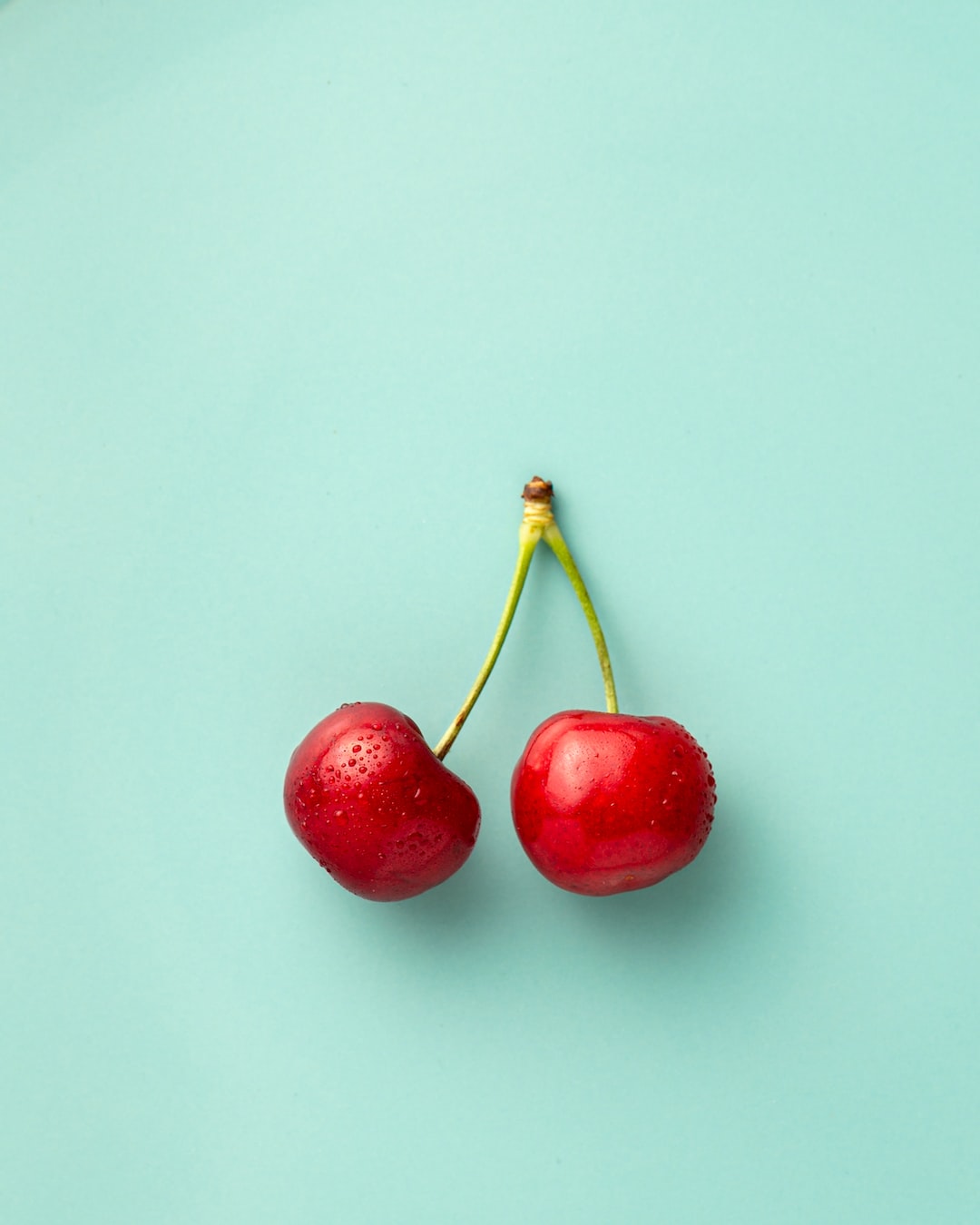The Art of Pairing Food and Wine: Tips and Tricks
The perfect pairing of food and wine can elevate any dining experience to a new level. It can enhance the flavors and bring out the best in both. However, with thousands of wine options available, it can be overwhelming to choose the right one. Fear not! In this blog post, we will dive into the art of pairing food and wine, providing you with some tips and tricks to make your next wine selection a breeze.
1. Match Intensity: The first rule of thumb when pairing food and wine is to match the intensity of the flavors. Lighter foods like fish or delicate salads go well with lighter wines such as Sauvignon Blanc or Chardonnay. On the other hand, rich and robust dishes like steak or hearty stews are best paired with full-bodied red wines like Cabernet Sauvignon or Syrah.
2. Complement or Contrast: When choosing a wine to pair with your meal, you can either complement or contrast the flavors. Complementing means choosing a wine that has similar flavor profiles to the dish, enhancing its taste. For example, a buttery Chardonnay pairs beautifully with a creamy pasta dish. Contrasting, on the other hand, means selecting a wine that has contrasting flavors to the food, creating balance and interest. A fruity Riesling can cut through the richness of spicy Thai or Indian cuisine, adding a refreshing element to the meal.
3. Consider Acidity: Acidity in both food and wine is a crucial factor to consider in pairing. High-acid wines like Sauvignon Blanc or Champagne work well with acidic foods like citrus or vinegary dressings. The acidity in the wine balances the flavors, preventing one from overpowering the other. On the opposite end, low-acid wines like Cabernet Sauvignon pair harmoniously with the richness of red meats or creamy sauces.
4. Regional Pairings: Another useful tip is to consider the regions where the food and wine originates from. Traditional food and wine pairings have developed over centuries by people who know the flavors of their land best. For instance, Italian cuisine with its rich tomato-based sauces often pairs beautifully with Italian wines like Sangiovese or Barbera. Exploring the regional pairings can provide you with tried and true combinations.
5. Experiment with Sparkling Wine: Sparkling wine is often associated with celebratory occasions, but it can also be a fantastic pairing for a range of dishes. The bubbles in sparkling wine cleanse the palate, making it versatile for a variety of foods. It can be enjoyed with appetizers like oysters or with main courses like fried chicken. Don’t reserve sparkling wine only for special occasions; try experimenting with it as a food pairing option.
6. Trust Your Palate: Ultimately, the most important tip in pairing food and wine is to trust your own taste buds. Everyone’s preferences and flavor perceptions are unique. If a pairing works for you, don’t be afraid to go against conventional wisdom. Wine and food pairing should be an enjoyable experience, so trust your palate and have fun exploring different combinations.
In the end, pairing food and wine is an art that can be mastered with time and practice. By considering factors like intensity, flavor profiles, acidity, and regional traditions, you can uncover delightful combinations that enhance your dining experience. Remember to experiment, trust your palate, and most importantly, enjoy the journey of discovering the perfect pairings. Cheers!
